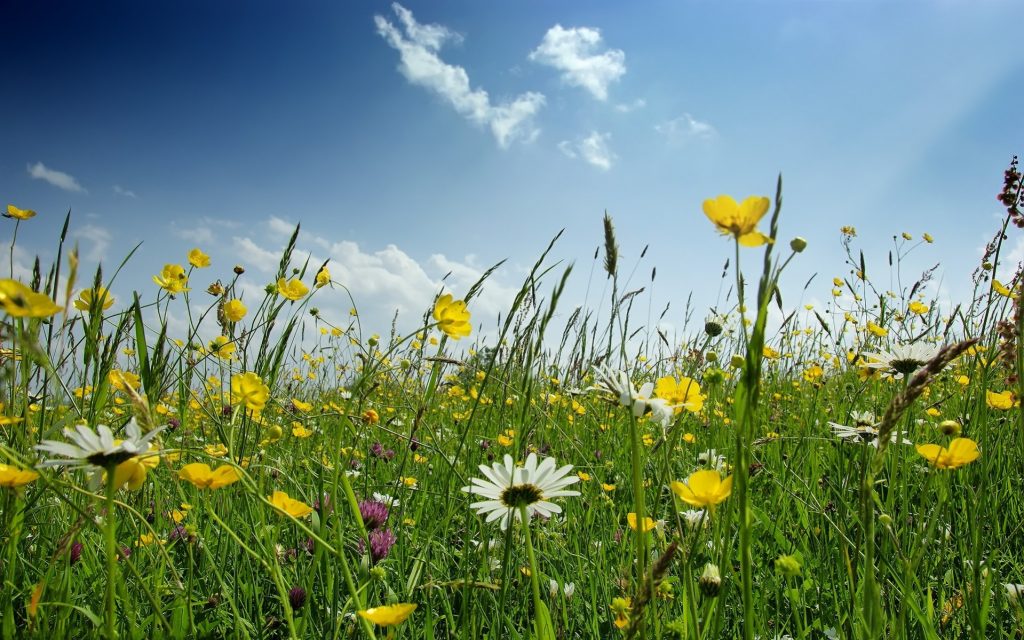Spring, mold, and allergies

Spring is here, the weather is gradually improving, the birds sing beautiful melodies that we missed in winter, and the trees and flowers turn green again, bringing feelings of joy and good spirits.
Unfortunately for some people the experience of spring is not so pleasant. Pollination and other climatic and natural effects produce unpleasant and in some cases severe allergies. These allergies are known as Seasonal Allergies and are quite common in the United States. In many areas of the United States, spring allergies begin in February and last until the early summer.
Tree pollination begins earliest in the year followed by grass pollination later in the spring and summer and ragweed in the late summer and fall. In tropical climates, however, grass may pollinate throughout a good portion of the year. Mild winter temperatures can cause plants to pollinate early. A rainy spring can also promote rapid plant growth and lead to an increase in mold, causing symptoms to last well into the fall.


As we can see, pollination and temperature changes increase the chances of minor allergies as well as severe ones; These Seasonal Allergies must be attended to in time to avoid severe difficulties in those who suffer from these difficulties. To avoid uncomfortable and even dangerous episodes, experts recommend:
- Monitor pollen counts. Weather reports in newspapers and on radio and television often include this information during allergy seasons.
- Keep windows and doors shut at home and in your car during allergy season.
- To avoid pollen, know which pollens you are sensitive to and then check pollen counts. In spring and summer, during tree and grass pollen season, levels are highest in the evening. In late summer and early fall, during ragweed pollen season, levels are highest in the morning.
- Take a shower, wash your hair and change your clothes after you’ve been working or playing outdoors.
- Wear a NIOSH-rated 95 filter mask when mowing the lawn or doing other chores outdoors, and take appropriate medication beforehand.
It is also common to read that “The Mold Allergy” is among these seasonal allergies, and even though it is true that the increase in humidity and heat influence the increase in mold spores in the environment, the reality is that all types of Molds, including toxic ones, grow and spread throughout the calendar year and in all climates and regions. This being one of the most common reasons for respiratory conditions throughout the country and even causing fatigue, extreme exhaustion and other similar conditions. So to keep this spring a time of joy, and not have to cancel those out-of-home activities or a spectacular BBQ, we invite you to have your home inspected for mold, contact us in case of water and moisture damage and that you count on us to solve any need related to mold damage.
We are MoldBusters New Mexico, and there is no job we can’t do.